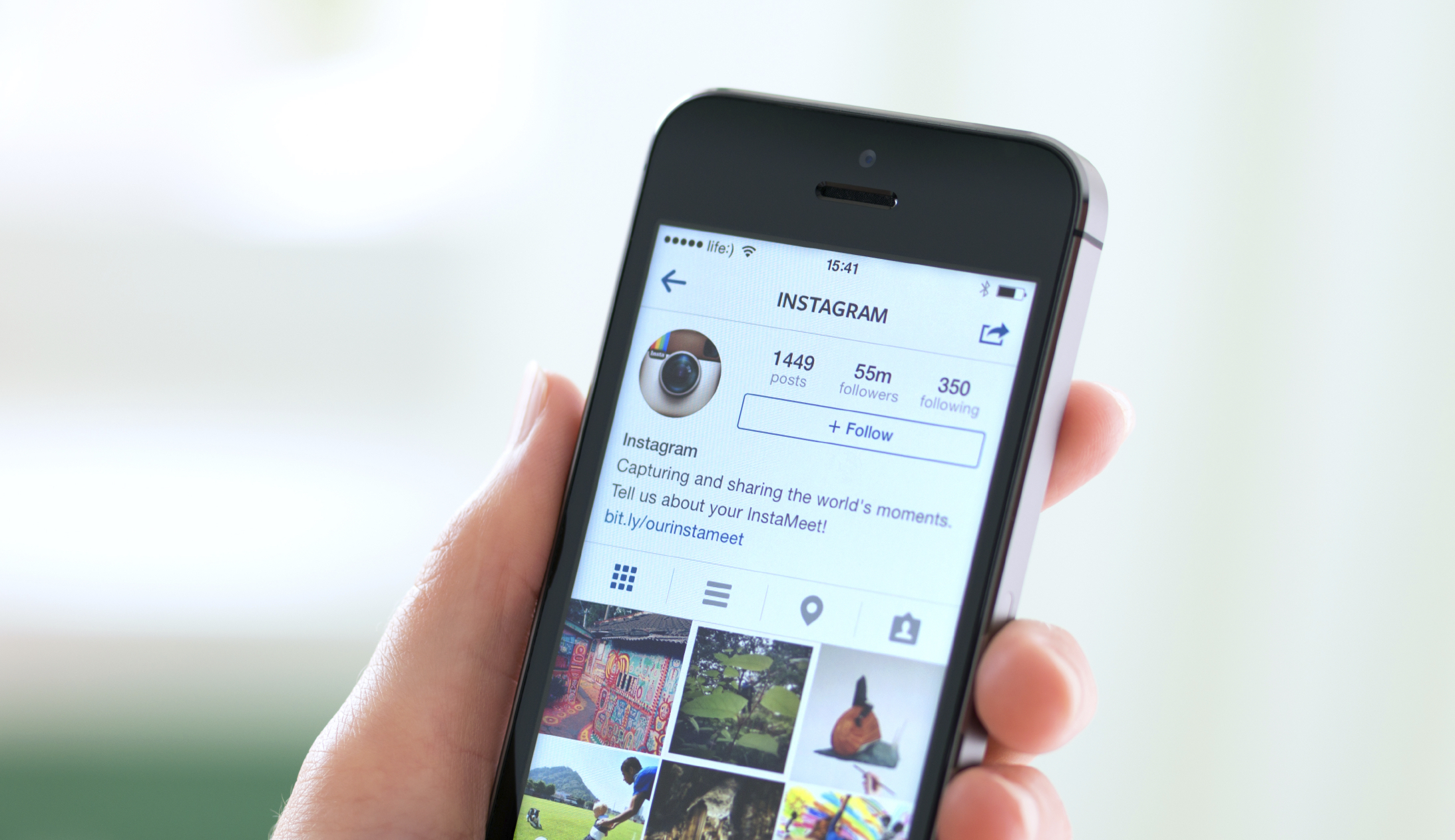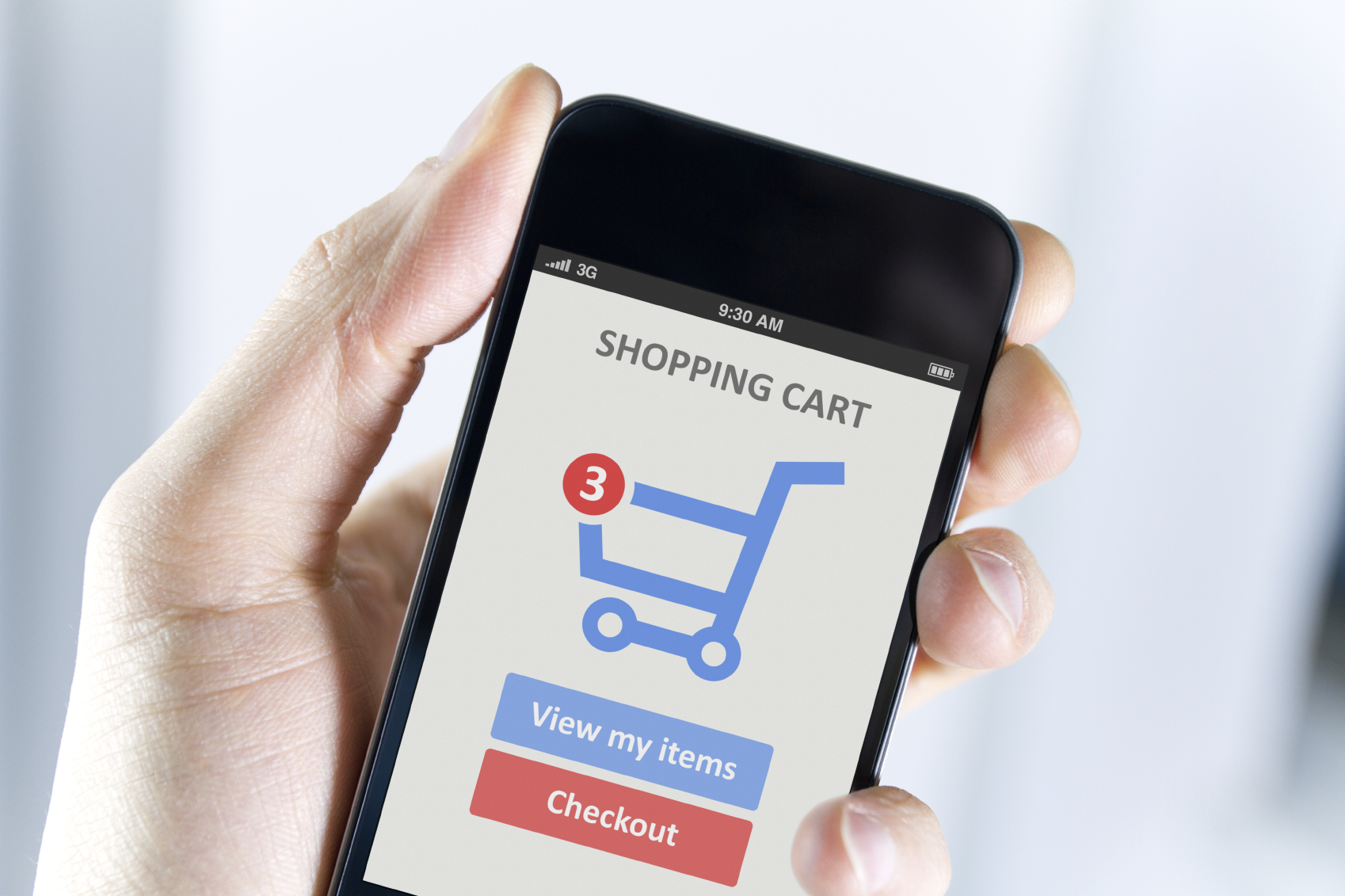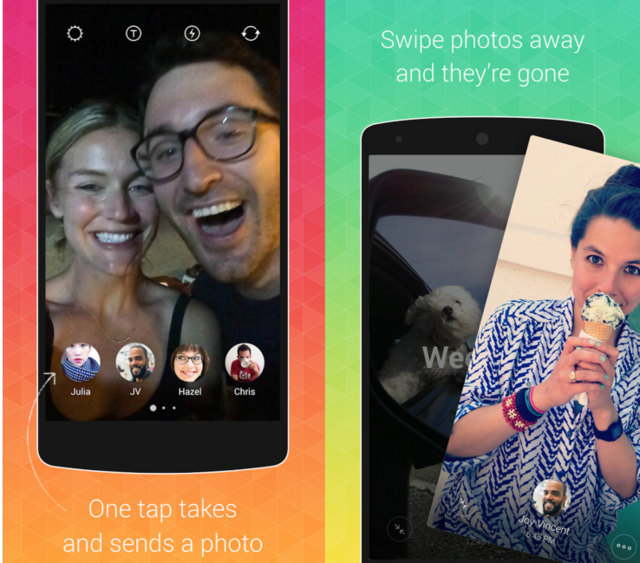Read original story on: Wired
Instagram has been making strides in making its platform more brand-friendly, and earlier this week, the photo-sharing social media debuted two new features that would offer brands more ad opportunities.
Firstly, Instagram updated its search bar to include trending locations, based on the geo-tags of the trending pictures. This could easily be utilized by hospitality marketers to serve interested users with location-specific native ads.
Moreover, it also debuts a revamped Explore channel that includes Trending Tags, which organizes and presents content channels based on popular hashtags in real time. Although Instagram has yet to reveal whether brands could buy a “promoted tag” or not at the moment, history seems to suggest that it will become open to brands sooner or later.






